
Why Yellen's Reflation Pleas Fall Flat In Beijing
It's a“relending” scheme, meaning that the
PBOC
will extend credit to select institutions that lend
funds to targeted sectors in need of monetary support. Having unveiled the enterprise on April 7, during US Treasury Secretary Janet Yellen's visit to Beijing, the Communist Party is demonstrating why Washington's hopes for massive reflationary stimulus seem unlikely to happen.
China's 2024 policy mix is inspiring a lively debate among international economists. Some believe the PBOC must learn from Japan's mistakes in the 1990s and print yuan aggressively to head off deflation. Others think structural reforms to fix China's property crisis, strengthen capital markets and address record youth unemployment are far more urgent.
But President Xi Jinping's team appears to favor a third way – hyper-targeted liquidity infusions coupled with efforts to shift growth engines towards tech-driven future industries that increase disruption and productivity – and, in this case, aimed directly where the PBOC's liquidity might play a key role in driving China upmarket.
Recent hints from the team led by Governor
Pan
Gongsheng suggest the PBOC is assuming a central role in driving the supply-side renaissance that Xi and Premier Li Qiang pledged –
And that this retooling effort, not old-school blasts of stimulus, is the priority.
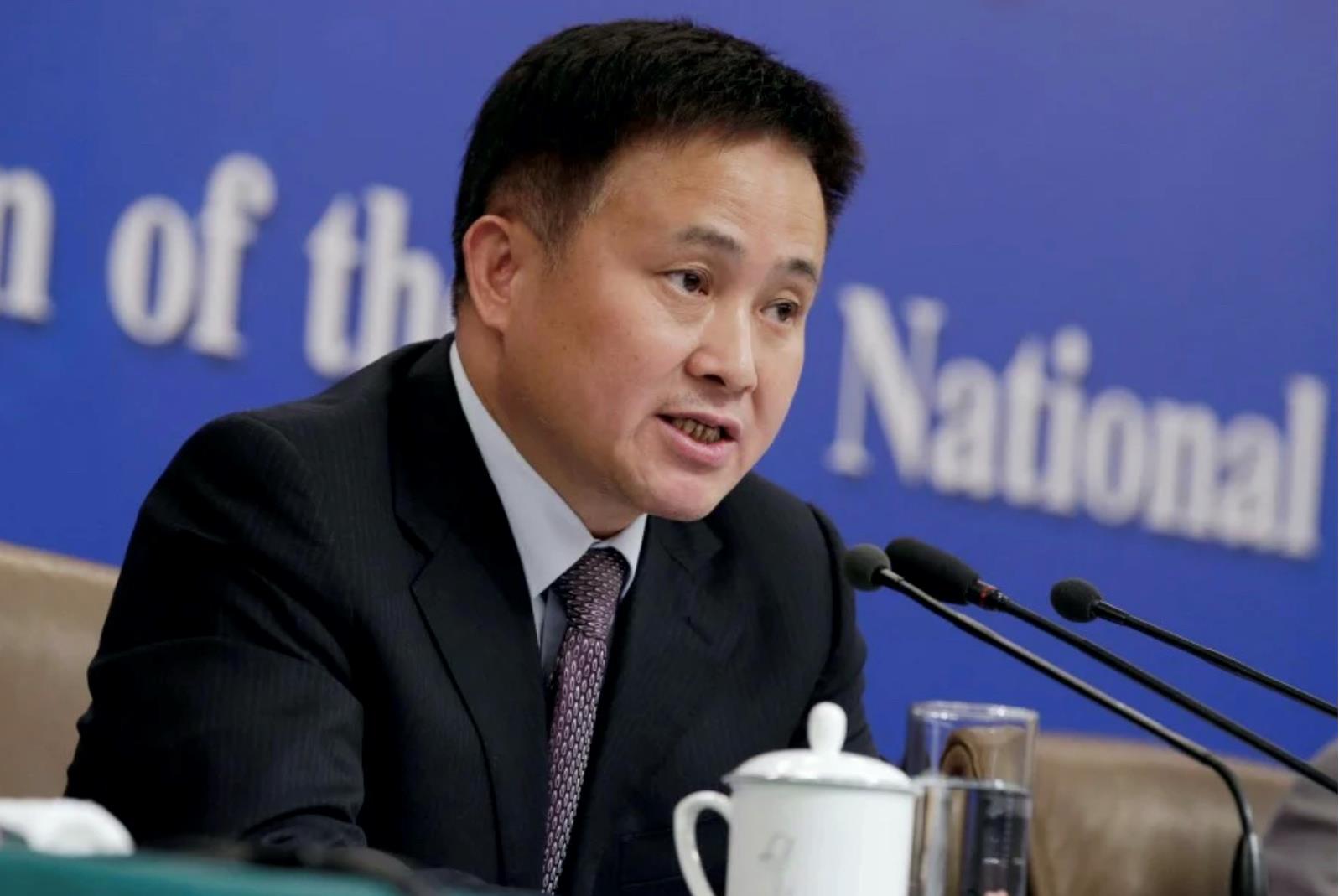
Pan Gongsheng (pictured here as vice governor) is now the governor of the People's Bank of China (PBOC). Photo: Twitter / New Straits Times / Screengrab
To start, the
new program
will channel one-year loans through 21 financial entities, including China Development Bank, Postal Savings Bank of China and other policy banks, state-owned commercial banks and joint-stock commercial banks. The loans will target small-and-midsize tech companies at an interest rate of 1.75%. The loans can be extended twice.
The push aims to ramp up support for science and tech-oriented SMEs in both the early stage of development and the growth stage. It will prioritize enterprises with great potential to power China's transformation and will finance the range of equipment renewal projects needed to accelerate digitalization and green initiatives across sectors.
Last week, the PBOC telegraphed the pivot as part of the minutes of its first-quarter Monetary Policy Committee meeting. Pan's team stressed the need to redouble structural reform efforts and create new mechanisms to increase efficiency in the real economy.
To be sure, the meeting spotlighted the need to revamp housing credit policies catering to city-specific requirements in order to bolster demand and support distressed property developers. Policymakers urged regulators to build a new model for real estate development to reduce the frequency of boom/bust cycles and temper risks as China opens the economy.
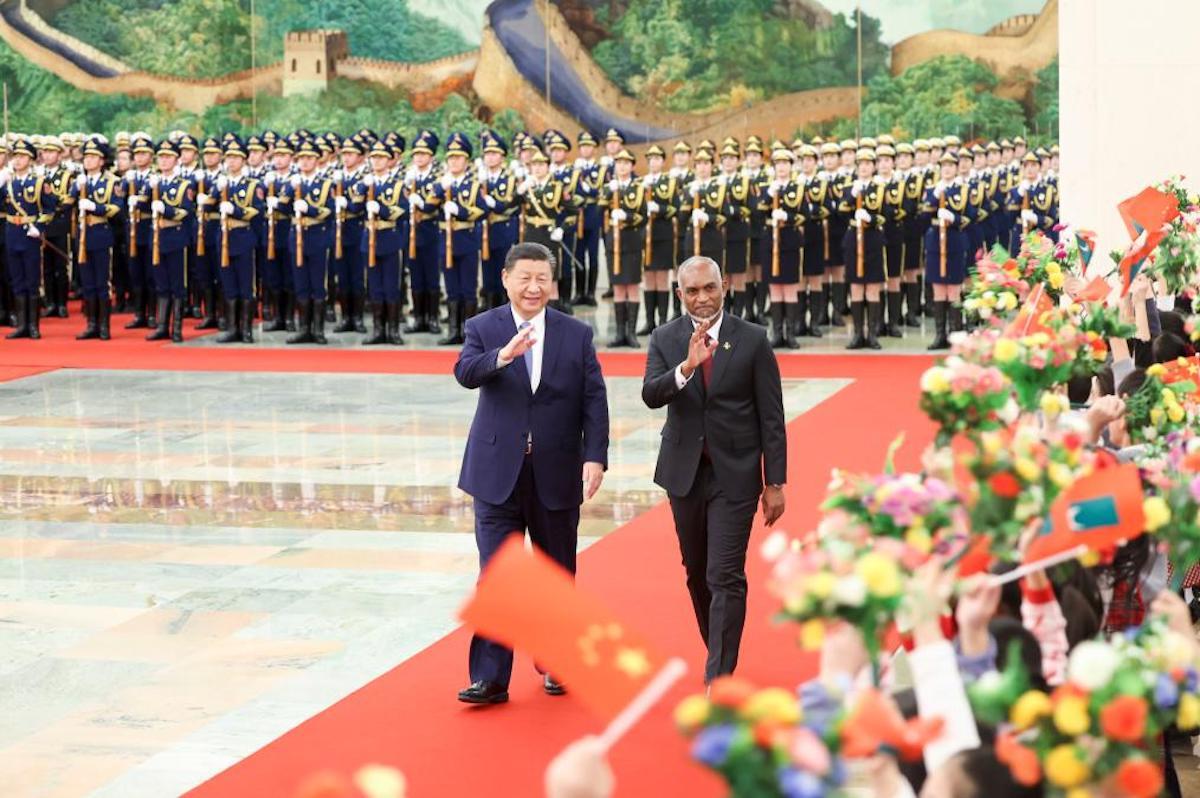
Belt & Road: Chinese techno-nationalism in Maldives
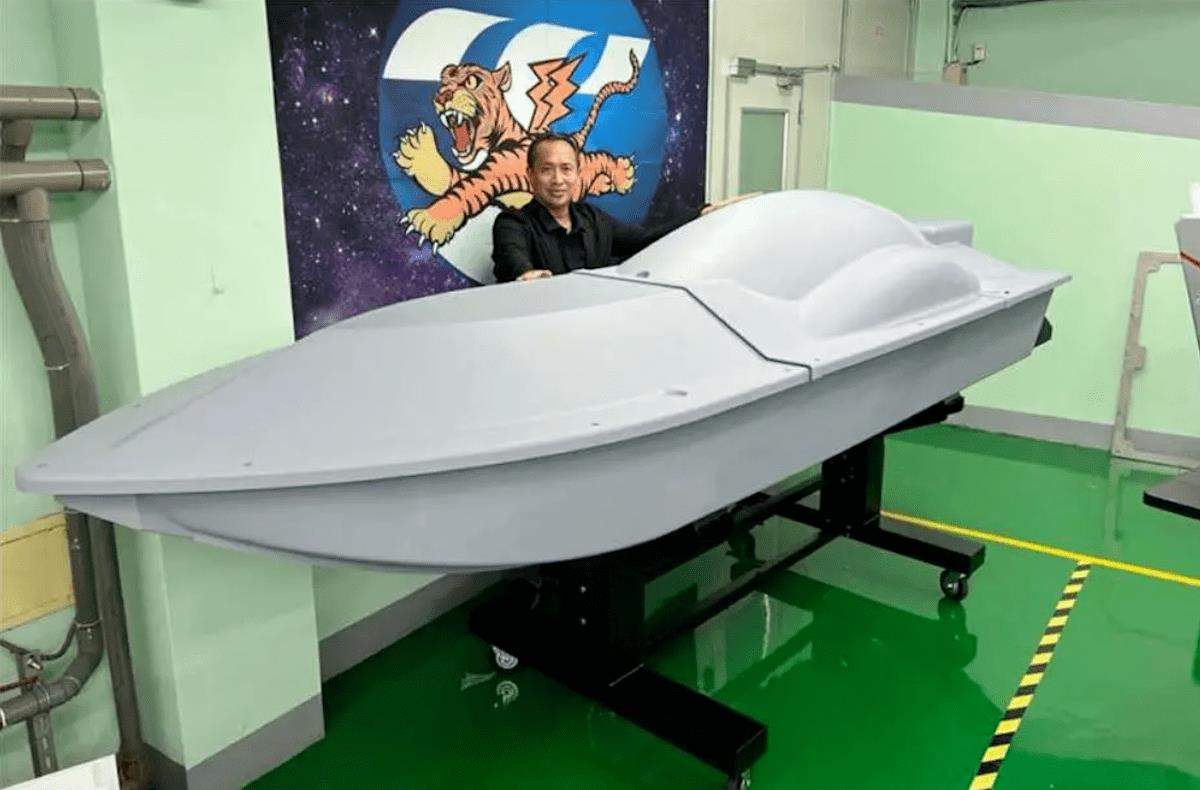
Per Ukraine, Taiwan boosts maritime drone production
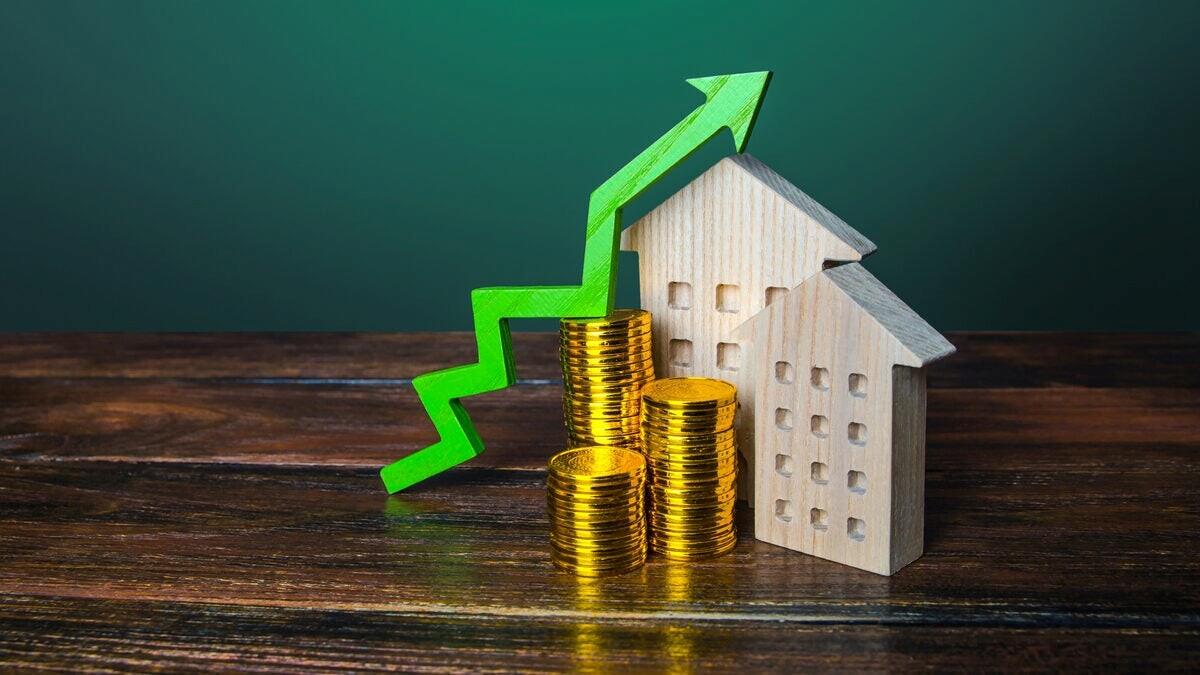
Hidden inflation tanks Biden re-election campaign
More importantly, officials referred to“cross-cyclical adjustment .” That refers to addressing longer-term structural problems, and to how Pan's PBOC is delving into one of the most controversial areas of modern monetary science: whether central banks have a clear role in increasing innovation and productivity promoting greater sustainability.
It's a signal that Yellen's hopes that China will heed Washington please-reflate-immediately stance is a non-starter. On Saturday, after two days of meetings with Chinese Vice Premier He Lifeng, Yellen said the two had agreed to promote“balanced” economic growth amid US concerns about
overcapacity in China's manufacturing industry.
The effort, Yellen says,“will facilitate a discussion around macroeconomic imbalances, including their connection to overcapacity, and I intend to use the opportunity to advocate for a
level playing field
for American workers and firms.”
In Guangzhou on Friday, Yellen chided China for pursuing“unfair economic practices, including imposing
barriers to access
for foreign firms and taking coercive actions against American companies.” She voiced concern that mainland factories risk producing more than the global economy can absorb. In response, Vice Premier
He noted that China wants to“create a favorable environment for businesses and will deliver benefits to our two countries and our two peoples.”
Yellen made a point of shouting out Deng Xiaoping's 1992 visit to manufacturing
and export powerhouse Guangzhou. It marked a key milestone in China's progress in becoming a market economy, one that Yellen hopes the Xi era will emulate by leveling playing fields for Western companies.
“I strongly believe that this doesn't only hurt these American firms: ending these unfair practices would benefit China by improving the business climate here,” Yellen said. She added that many corporate CEOs worry about“the impacts of China's shift away from a
market approach .”
Yet so much of Yellen's pitch in recent days has been prodding China to shift stimulus efforts into higher gear. And there's a lost-in-time element to Washington's latest pleadings.
Change a few numbers, a couple of dates and a name or two and Yellen's comments echo those Washington directed at Japan in the mid-to-late 1990s. It's not hard to imagine then-Treasury Secretary Robert Rubin or his successor Lawrence Summers giving Tokyo officials precisely the same advice back then.
What Yellen is advocating is a strategy that Japan has been pursuing for 25-plus years with mediocre success. Opening the fiscal and monetary floodgates year after year surely propped up gross domestic product here and there. But without bold supply-side reforms, all Tokyo did was address the symptoms of the weak demand behind its multi-decade funk.
Today, Japan faces by far the largest debt burden among developed nations - roughly 260% of GDP. The
Bank of Japan,
meanwhile, has kept interest either near zero, or below, since 1999. Six years ago, the BOJ's balance sheet even topped the size of its US$4.7 trillion economy, a first for a Group of Seven economy.
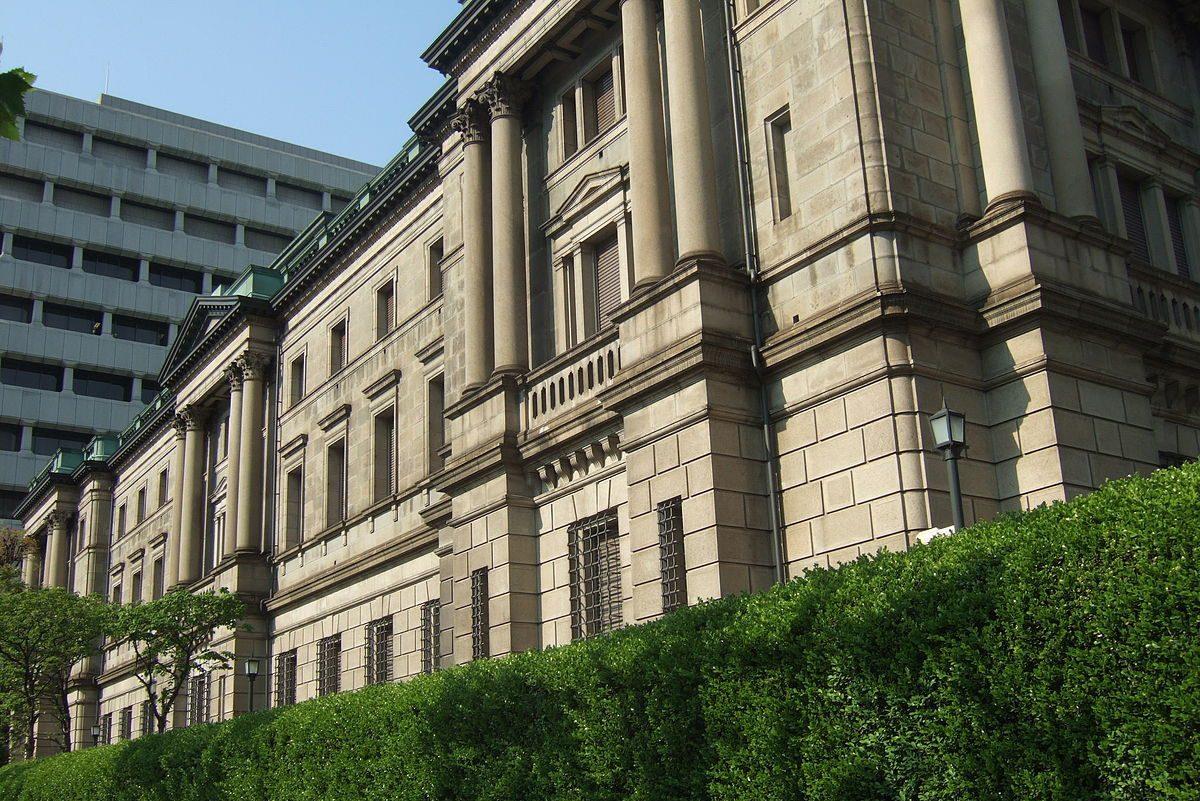
The Bank of Japan. Photo: Wikimedia Commons
All this largesse papered over deepening cracks in the underlying economy. It took the onus off government after government to do the needful: cut red tape, internationalize labor markets, catalyze a startup boom, increase productivity and empower women. It reduced the urgency for corporate CEOs to innovate, restructure and take risks.
In 2012, things got even worse when the Liberal Democratic Party returned to power. The LDP did so with bold plans for a supply side shakeup such as Japan Inc had never seen before. Instead, the three governments since then have let the BOJ take the lead with ever greater easing moves.
This includes Prime Minister Fumio Kishida's government today. Look no farther than the BOJ's reluctance to raise interest rates any higher than 0.0%-0.1% on March 19. So tepid was the BOJ's“rate hike” that day that the yen is 1.8% weaker now.
China must avoid this formula for economic mediocrity, no matter how much flack Xi's inner circle gets from Yellen & Co. Judging from the events of the last two months, Beijing is indeed picking up the pace in that direction.
While visiting Beijing last month, International Monetary Fund head Kristalina Georgieva urged China to put future-oriented industries over smokestacks.
“Domestic consumption depends on income growth, which in turn relies on the productivity of capital and labor,” Georgieva explained.“Reforms such as strengthening the
business environment
and ensuring a level playing field between private and state-owned enterprises will improve the allocation of capital. Investments in human capital - in education, life-long training and reskilling – and quality health care will deliver higher labor productivity and higher incomes.”

Sign up for one of our free newsletters
- The Daily ReportStart your day right with Asia Times' top stories
- AT Weekly ReportA weekly roundup of Asia Times' most-read stories
Such upgrades, Georgieva stressed, are“particularly important as China seeks to seize the opportunities of the AI 'big bang.' Countries' preparedness for the world of artificial intelligence is no longer a goal for the future - it is already an issue for today.”
This has long been Xi's plan. Efforts to champion high-tech industries, particularly cutting-edge manufacturing and
service sectors , are centerpieces of the party's“Made in China 2025” project.
The plan is to lead the global charge on semiconductors,
biotechnology, aerospace, renewable energy, self-driving vehicles, artificial intelligence, green infrastructure, logistics and other areas.
At the National People's Congress last month, Xi's team stated that“it's
imperative to boost the endeavors to modernize the industrial system and accelerate the development of new productive forces.”
More recently, Xi's party unveiled a list
of state-owned enterprises and conglomerates that will spearhead this fresh wave of
future-oriented sectors
that will raise Japan's economic game. Priority areas include AI, neuroscience, nuclear fusion and quantum computing.
The enterprise will be overseen by the State-owned Assets Supervision and Administration Commission. It's been“given a clear mandate that developing emerging and future industries is a pivotal task,” says Lin Xipeng, an analyst with China Merchants Securities.“While cultivating start-ups and units within their ecosystems, SOEs will also tap external investment and merger opportunities.”
A key Xi priority has been improving the quality of growth, not just increasing the quantity. Increasing the share of GDP driven by tech is a major priority for getting there. A recent Bloomberg Economics study found that the
contribution from the high-tech sector is on path to rival real estate by 2026.
“The high-tech sector has potential to become a much more significant source of growth,” argue economists Chang Shu and Eric Zhu. Tech is seen driving demand worth nearly 19% of GDP by 2026, up from 14.3% last year. The property sector drives demand worth just over 20% of GDP.
The PBOC's lending program could help hasten the transition, particularly if Xi and Li ensure that this initial
500 billion yuan to support science and technology is just the beginning.
Thank you for registering!
An account was already registered with this email. Please check your inbox for an authentication link.

Legal Disclaimer:
MENAFN provides the information “as is” without warranty of any kind. We do not accept any responsibility or liability for the accuracy, content, images, videos, licenses, completeness, legality, or reliability of the information contained in this article. If you have any complaints or copyright issues related to this article, kindly contact the provider above.


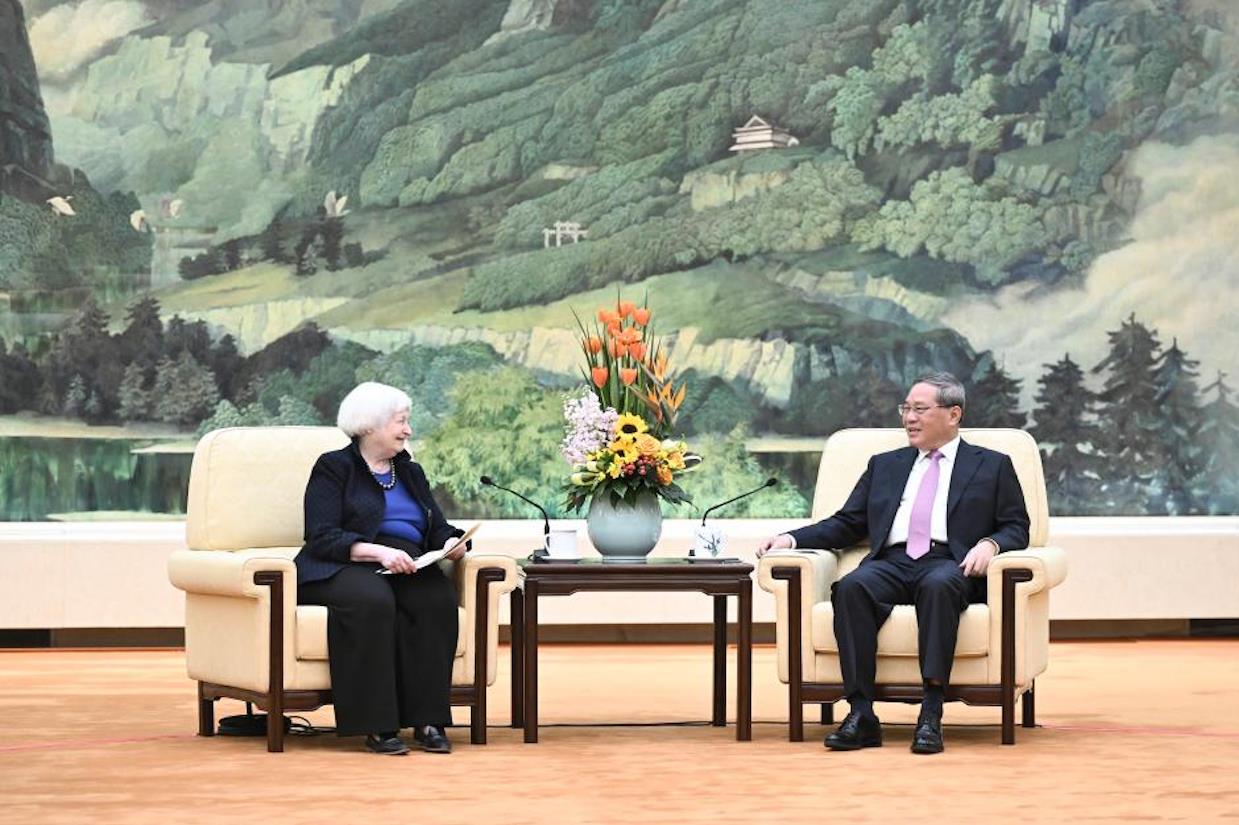



















Comments
No comment